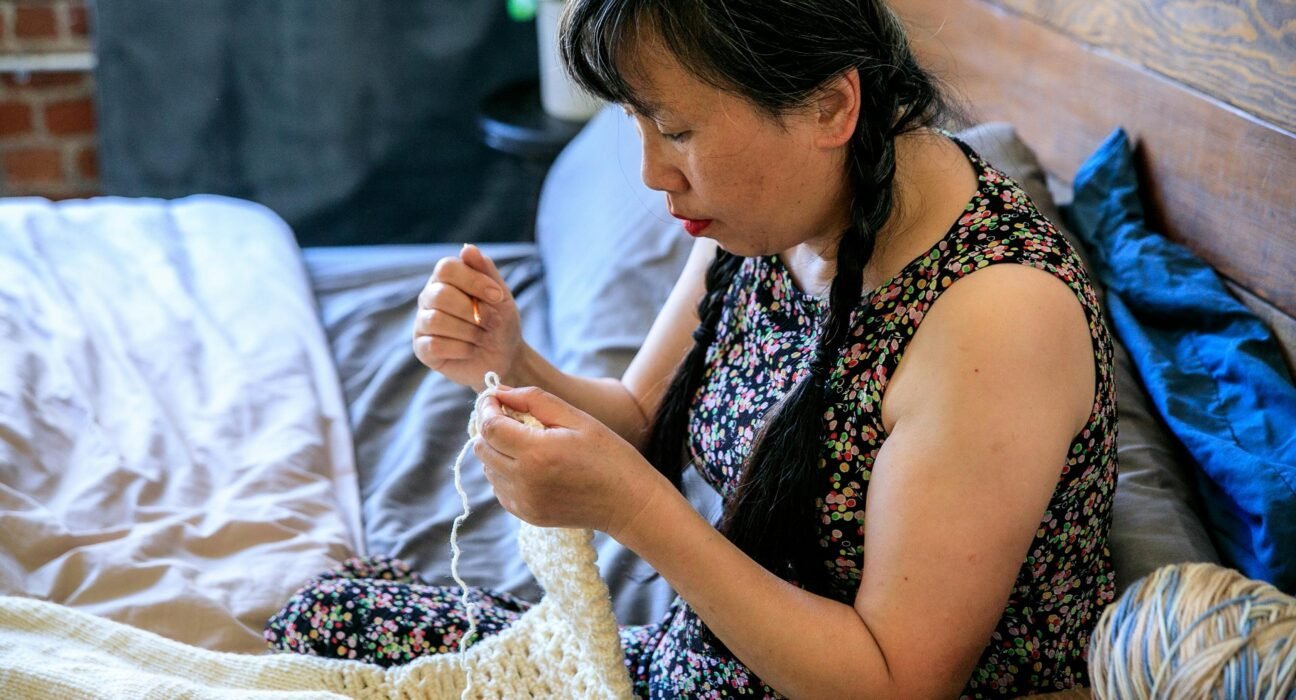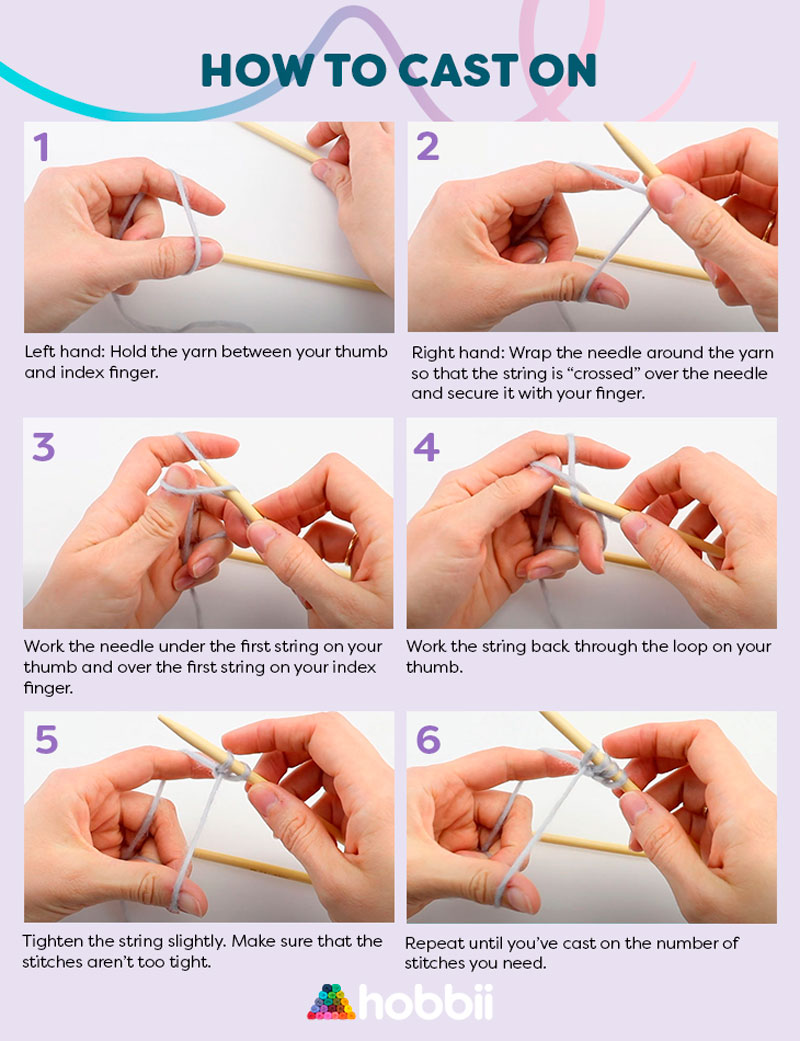A beginner’s guide to knitting

A Beginner’s Guide to Knitting
Knitting is not just a craft; it’s a fulfilling hobby that offers relaxation, creativity, and the opportunity to create beautiful, handmade items. For middle-aged individuals aged 40-55 in the United States, knitting can serve as a perfect way to unwind and express creativity while also producing practical items for personal use or gifts. This guide will provide you with all the essential information to start your knitting journey.

1. Understanding Knitting Basics
What is Knitting?
Knitting is a method of creating fabric by interlocking loops of yarn using needles. It can be done by hand or with machines, but this guide will focus on hand knitting, which is more accessible and allows for greater creativity.
Benefits of Knitting
-
Stress Relief: The repetitive motion of knitting can be meditative, helping to reduce anxiety.
-
Creativity: Knitting allows you to create unique items tailored to your style.
-
Social Connection: Joining knitting groups can foster friendships and community engagement.
-
Cognitive Benefits: Engaging in knitting can improve concentration and memory.
2. Essential Knitting Supplies
Before you start, gather the following basic supplies:
-
Knitting Needles: For beginners, size 6 to 8 (4.00 to 5.00 mm) needles are ideal. Bamboo needles are recommended for their grip and comfort .1 .3.
-
Yarn: Choose a medium-weight yarn (Category 4) for your first projects. This type is easier to handle and provides quicker results .9.
-
Scissors: A sharp pair of scissors will help you cut yarn when needed.
-
Tapestry Needle: This large needle is used for weaving in ends once your project is completed.
-
Stitch Markers: These help keep track of your stitches and patterns.
-
Measuring Tape: Useful for ensuring your projects meet desired dimensions .3 .9.

3. Basic Techniques

Casting On
Casting on is the first step in knitting, where you create the initial stitches on your needle. Here’s a simple method called the Long Tail Cast-On:
-
Measure a length of yarn about four times the width of your project.
-
Make a slip knot and place it on one needle.
-
Hold the yarn with one hand and use the other needle to create loops by wrapping around the thumb and pulling through .2 .4.

The Knit Stitch
The knit stitch is fundamental in knitting:
-
Hold the needle with cast-on stitches in your left hand.
-
Insert the right needle into the first stitch from left to right.
-
Wrap the yarn around the right needle counter-clockwise.
-
Pull this loop through the stitch on the left needle and slide it off .2 .4.
Repeat this process across the row until all stitches have been knitted.

Purl Stitch
The purl stitch is another basic stitch that creates texture:
-
Hold the working yarn in front of your work.
-
Insert the right needle into the first stitch from right to left.
-
Wrap the yarn around the right needle and pull it through .2 .4.

4. Common Knitting Mistakes and Fixes
As a beginner, mistakes are part of learning:
-
Too Tight Stitches: If your stitches are too tight, try using larger needles or relaxing your grip.
-
Wrong Yarn Choice: Ensure you select yarn that matches your project requirements; avoid overly thin or thick yarns initially .6.
-
Counting Rows: Keep track of how many rows you’ve knitted to avoid discrepancies in size.
If you make a mistake, don’t be discouraged! Most errors can be fixed by unraveling a few stitches or using techniques like “tinking” (knit spelled backward) to undo stitches without completely frogging (unraveling) your work .67.

5. Easy Knitting Projects for Beginners
Starting with simple projects helps build confidence:
-
Garter Stitch Scarf: Knit every row until you reach your desired length (approximately 6 feet). This project helps reinforce basic knit stitches .5 .8.
-
Washcloths: A great way to practice while creating something useful. Cast on about 40 stitches and knit until square .8.
-
Scrunchies: Use medium-weight yarn and circular needles to create stylish hair accessories quickly .8.
-
Coasters: These small projects are perfect for practicing basic stitches while creating functional items for home use .8.

6. Tips for Success
-
Choose Comfortable Yarn and Needles: Select materials that feel good in your hands; this will make your experience more enjoyable.
-
Practice Regularly: Consistency is key in developing muscle memory.
-
Join a Community: Whether online or locally, connecting with fellow knitters can provide support, inspiration, and tips.

7. Expanding Your Skills
Once comfortable with basic techniques, consider exploring:
-
Different stitch patterns (like ribbing or lace).
-
More complex projects such as hats or sweaters that may require circular needles or double-pointed needles.

Conclusion
Knitting is an enriching hobby that offers numerous benefits beyond just crafting beautiful items. By starting with basic techniques and gradually moving on to more complex projects, individuals aged 40-55 can enjoy a fulfilling creative outlet that enhances relaxation and fosters social connections. So gather your supplies, find a cozy spot, and embark on your knitting journey today!









